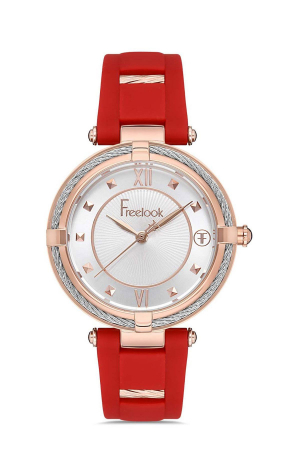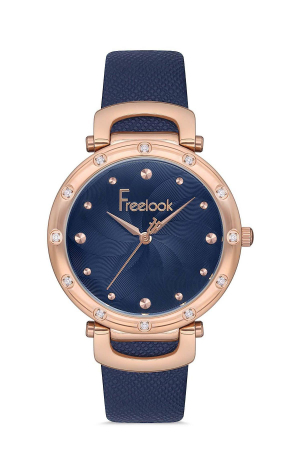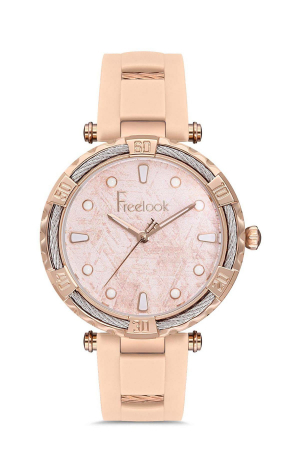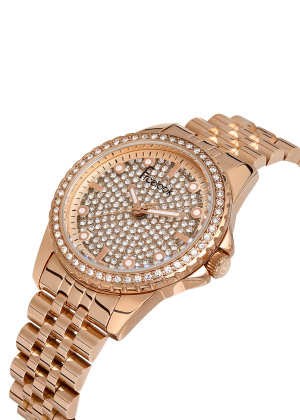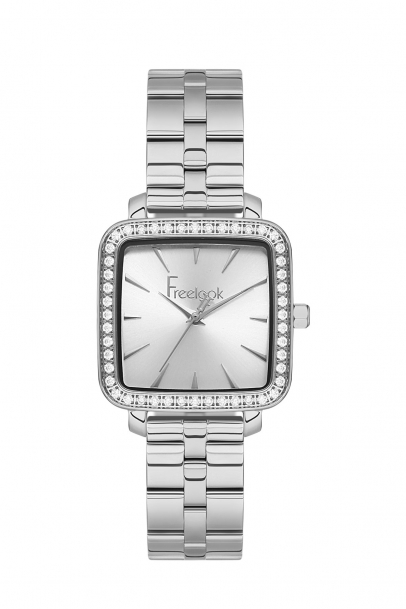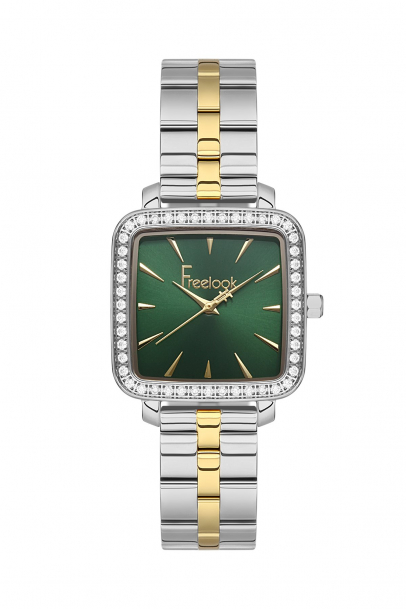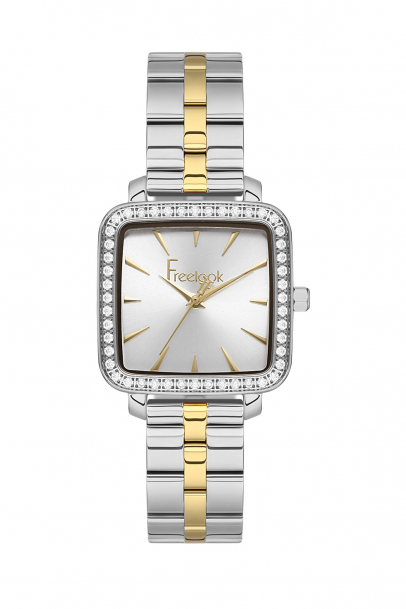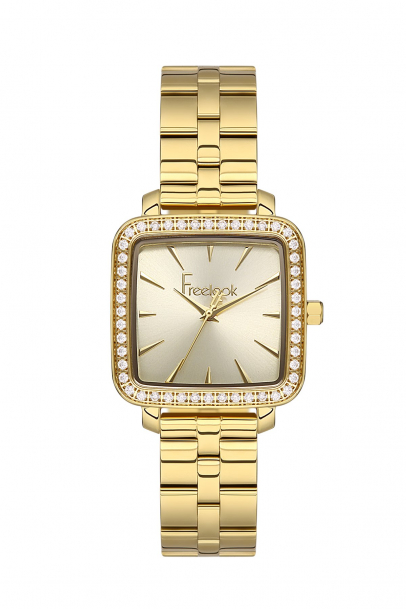Size En Yakın Geleneksel Tıp Merkezini Bulmak İçin
Forum Sayfamızı Ziyaret Ediniz veya Buraya Tıklayınız
BİLİMSEL ÇALIŞMALAR
Methods of Wet Cupping Therapy (Al-Hijamah): In Light of Modern Medicine and Prophetic Medicine
Methods of Wet Cupping Therapy (Al-Hijamah): In Light of Modern Medicine and Prophetic Medicine
El Sayed SM1 *, Mahmoud HS2 and Nabo MMH3,4 1Department of Medical Biochemistry, Sohag Faculty of Medicine, Sohag University, Egypt 2World Federation of Alternative and Complementary Medicine, Cairo Regional Headquarter, Cairo, Egypt 3Department of Pediatrics, Sohag Teaching Hospital, Sohag, Egypt 4Division of Pediatric cardiology, Department of Pediatrics, Maternity and Children Hospital, King Abdullah Medical City, Al-Madinah Al-Munawwarah, Kingdom of Saudi Arabia
Abstract
Cupping therapy is a simple, effective and economic treatment. Cupping therapy is a formal treatment in Chinese hospitals and in some European countries. Here, we review history of wet cupping therapy and its two distinct methodologies. First method is puncturing and cupping (PC) method that includes five steps: skin demarcation, sterilization, puncturing, cupping and sterilization. Second method is cupping, puncturing and cupping (CPC) method that includes six steps: skin demarcation, sterilization, first cupping, puncturing, second cupping and sterilization. CPC method predominates in the Arabic world, while PC method has a worldwide distribution. We report here that our detailed evidence-based analysis of both methods reveals many novel advantages in the CPC method over the PC method. CPC method has a better analgesic effect and benefits more from the viscoelastic nature of the skin. During the first cupping step in the CPC method (not present in the PC method), a fluid mixture containing causative pathological substances (CPS) is collected inside skin uplifting due to the effect of negative pressure of sucking cups. CPS differs from disease to disease according to disease etiology and pathogenesis. That fluid mixture contains collected interstitial fluids with CPS, filtered fluids (from blood capillaries) with CPS, hemolyzed blood cells (hemolysed RBCs, WBCs and platelets). That fluid mixture does not contain intact blood cells as their sizes are much bigger than sizes of pores of skin capillaries and cannot be filtered. The fluid mixture is totally excreted in next steps. We review here that wet cupping therapy is a highly recommended treatment in prophetic medicine, medicine related to Prophet Mohammad peace be upon him who said: “The best among what you use in therapy is Al-hijamah (CPC method of wet cupping therapy)”. In conclusion, CPC method is better than PC method in clearing blood and interstitial spaces from CPS. Standardization of methodologies of cupping therapy seems essential to gain optimal therapeutic outcomes.
MODERN TIP VE NEBEVİ TIP IŞIĞINDA HACAMAT TEDAVİSİNİN FAYDALARI
Çeviri: Bayram AYDIN
Salah Mohamed El Sayed[1],[2]*, Abdel-Salam Al-quliti[3],[4], Hany Salah Mahmoud[5] , Hussam Baghdadi2 , Reham A. Maria2,[6] , Manal Mohamed Helmy Nabo[7],[8], Ahmad Hefny5
Özet: İnsan vücudundaki patolojik maddeleri dışa çıkaran boşaltım yöntemleri, farmakolojik tedavilerin etkilerini güçlendirdiği için daha fazla bilimsel araştırmayı hak ediyor. Ulusal tıbbi literatürü uluslararası tıp literatürüne tanıtmak için tıbbi İngilizceye çevirerek dil engelini aşmak hayati önem taşımaktadır. Nebevi tıbbın ıslak kupa çekme terapisi (Hacamat), Arap tıp literatüründe etiyoloji ve patogenezde farklılık gösteren birçok hastalığın tedavisinde uygulanmaktadır. Tıbbî araştırmalarda ve Arap ülkelerinde Hacamat; kan akıtma tedavisi veya kan alma tedavisi olarak ta adlandırılmaktadır. Çinlilerin kuru kupa çekme terapisi ve tıbbın ıslak kupa çekme terapisi (Wet cupping therapy (WCT)), ikisi de Hacamatın parçaları hükmündedir. Bu makalede, Hacamat'ın bilimsel prensipleri, metodolojisi, endikasyonları ve tedaviye yönelik yararlarını, akupunktur ve diğer kupa çekme terapileri ile birlikte karşılaştırmalı olarak gözden geçireceğiz. Hacamat'ın bilimsel ve tıbbi temelleri yakın zamanda kanıta dayalı olarak Taibah mekanizması (Taibah teorisi) ile Hacamat'ın patolojik maddelerden (causative pathological substances (CPS)) kan, lenf ve hücreler arası sıvıları temizleyen tek boşaltım tedavisi olduğu bildirildi. Hacamat emici bardakları kullanarak negatif basınç emişinin cilt dokusuna uygulanması üzerine, perkütan basınca ve boyutuna bağlı spesifik olmayan kan filtrasyonunu ve derideki gözenekler ve kılcal damarlar yoluyla CPS atılımını gerçekleştirirken cildin histolojik yapısından yararlanır. Hacamat aynı zamanda, endotel kaynaklı nitrik oksit (vazodilatör, antineoplastik ve antimikrobiyal ajan) üretiminden de yararlanmaktadır. Hacamat, bağışıklığın arttırılması ve farmakolojik potansiyelizasyon(ilaç etkisinin arttırılması) v.b diğer pek çok sağlık yönünden yararını gösterir. Hacamat'ın serum trigliseridleri, total kolesterol, LDL-kolesterol, ferritin (dolaşımdaki demir depoları), ürik asit, otoantikorlar, sitokin reseptörleri ve diğerlerinden önemli miktarda kanı temizlediği bildirildi. Bu iyileştirici özellikler bazı hastalıkları tedavi edebilir; mesela hipertansiyon, ateroskleroz(damar sertliği), koroner kalp rahatsızlıkları, gut, kas-iskelet sistemi ağrıları, hepatit ve kanda aşırı demir yükü durumları örneğin talasemi vb gibi. Batılı yaşam ve beslenme tarzı nedeniyle modern toplumlarda Hacamat'ın önemi daha fazla artabilir. Hacamat'ın tedavi edici faydaları esas olarak çıkan kan miktarı ile ilgi değil, atılmış olan patolojik madde (CPS) miktarı ile ilgilidir. Hacamat akupunktur ve diğer kupa çekme terapisine göre etiyoloji ve patogenezde farklılık gösteren çok sayıda hastalığın tedavisinde daha iyi bazı avantajlar getirebilir.
Abstract Excretory treatment modalities that excrete pathological substances outside human body deserve more research attention as this may potentiate the therapeutic effects of pharmacological treatments. Overcoming language barrier through translating the national medical literature to medical English to be introduced to the international medical literature is vital. Wet cupping therapy (WCT) of prophetic medicine (Al-hijamah) is practiced in the Arabic medical literature where it is reported to treat many diseases differing in etiology and pathogenesis. Al-hijamah may be referred to as bloodletting cupping therapy or blood cupping therapy in medical studies and reports from Arabic countries. Both Chinese dry cupping therapy and WCT are partial steps of Al-hijamah. In this article, we review scientific principles, methodology, indications and therapeutic benefits of Al-hijamah in comparison with acupuncture and other types of cupping therapy. Scientific and medical bases of Al-hijamah were recently reported in the evidence-based Taibah mechanism (Taibah theory) where Al-hijamah is the only excretory treatment that clears blood, lymph and intercellular fluids from causative pathological substances (CPS). Al-hijamah benefits from the histological structure of the skin in performing a percutaneous pressure-dependent and size-dependent nonspecific blood filtration and excretion of CPS through the fenestrated skin capillaries upon application of negative pressure suction using sucking cups. Al-hijamah benefits also from the production of endogenous nitric oxide (vasodilator, antineoplastic and antimicrobial agent). Al-hijamah exerts many other health benefits e.g. enhancement of immunity and pharmacological potentiation. Al-hijamah was reported to clear blood significantly from serum triglycerides, total cholesterol, LDL-cholesterol, ferritin (circulating iron stores), uric acid, autoantibodies, cytokine receptors and others. Those therapeutic benefits may treat some diseases e.g. hyperlipidemia, hypertension, atherosclerosis, coronary heart diseases, gout, musculoskeletal pain conditions, hepatitis and iron overload conditions e.g. thalassemia. Importance of Al-hijamah may increase more in modern societies due to western diets and western life style. Therapeutic benefits of Al-hijamah are mainly related to the amount of excreted CPS not the amount of letted blood. Al-hijamah may carry some advantages better than acupuncture and other types of cupping therapy in treating a large number of diseases differing in etiology and pathogenesis.
Makalenin tamamı için buraya tıklayın..
[1][1] Department of Medical Biochemistry, Sohag Faculty of Medicine, Sohag University, Egypt (Sohag Üniversitesi Tıp Fakültesi Biyokimya Anabilim Dalı, Sohag Üniversitesi, Mısır)
[2] Department of Clinical Biochemistry and Molecular Medicine, Taibah Faculty of Medicine, Taibah University, Al-Madinah AlMunawwarah, Saudi Arabia (Taibah Üniversitesi Tıp Fakültesi, Klinik Biyokimya ve Moleküler Tıp Anabilim Dalı, Medine-i Münevvere, Suudi Arabistan)
[3] Alternative & Complementary Medicine Administration, Al-Madinah Al-Munawwarah, Kingdom of Saudi Arabia (Alternatif ve Tamamlayıcı Tıp Yönetimi, Medine-i Münevvere, Suudi Arabistan Krallığı)
[4] Consultant Pediatrician, Directorate of Health administration and Therapeutic Services, Al-Madinah Al-Munawwarah, Kingdom of Saudi Arabia (Çocuk Doktoru Uzmanı, Sağlık Yönetimi ve Tedavi Hizmetleri Müdürü, Medine-i Münevvere, Suudi Arabistan Krallığı)
[5] World Federation of Alternative and Complementary Medicine, Cairo Regional Headquarter, Cairo, Egypt (Dünya Alternatif ve Tamamlayıcı Tıp Federasyonu, Kahire Bölge Müdürü, Kahire, Mısır)
[6] Department of Medical Biochemistry, Tanta Faulty of Medicine, Tanta University, Egypt (Tanta Üniversitesi Tıp Fakültesi Biyokimya Anabilim Dalı, Tanta Üniversitesi, Mısır)
[7]Department of Pediatrics, Sohag Teaching Hospital, Sohag, Egypt (Sohag Eğitim Hastanesi Pediatri Bölümü, Sohag, Mısır)
[8] Division of Pediatric cardiology, Department of Pediatrics, Maternity and Children Hospital, King Abdullah Medical City, AlMadinah Al-Munawwarah, Kingdom of Saudi Arabia (Kral Abdullah Tıp Kenti, Al Medine Al-Munawwarah, Suudi Arabistan Krallığı, Pediatrik Kardiyoloji Anabilim Dalı, Çocuk Sağlığı ve Hastalıkları Anabilim Dalı)
*Corresponding author(Sorumlu yazar): salahfazara@yahoo.com; drsalahpediatr@yahoo.com






